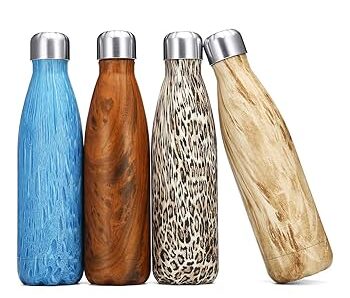
Inside the Tunnel: What Really Happens During an Automated Car Wash
Automated car washes are more than just convenient—they’re carefully choreographed systems designed to clean your vehicle thoroughly and efficiently. From the moment your tires hit the conveyor belt to the final blast of warm air, each step serves a purpose. Whether you’re a customer curious about the process or exploring a car wash startup, understanding what happens inside the tunnel can reveal both the sophistication and potential of this booming industry.
Step 1: Entry and Pre-Wash Prep
As a vehicle enters the car wash tunnel, the first system it encounters is often a set of photoelectric sensors that measure the vehicle’s length. These sensors communicate with the automated control system to tailor the wash sequence to that specific vehicle.
Once detected, the vehicle is aligned onto a conveyor track. This moving belt system guides the car through each wash stage. Pre-soak nozzles spray the entire surface with a mild detergent or water solution to loosen surface grime, bug residue, and dirt. This first cleaning gets things ready for a deeper clean.
Step 2: Application of Cleaning Agents
After the pre-soak, the car moves into the detergent phase. High-quality soap solutions are sprayed onto the car through overhead and side arches. These solutions are made to get rid of tough dirt, oil, and environmental toxins. In many modern setups, the soaps used are biodegradable and environmentally safe—a critical factor for a car wash startup aiming to be both efficient and eco-conscious.
Depending on the wash package selected, customers may also receive an undercarriage wash, wheel cleaner, or bug remover application. These extras help target areas that are prone to corrosion or buildup, such as tires, wheel wells, and bumpers.
Step 3: Soft Cloth or Brush Scrubbing
This is the most visually active stage in the tunnel. As the vehicle progresses, a series of rotating brushes or soft cloth curtains gently scrub the surface. These materials are typically made from non-abrasive microfiber or closed-cell foam to avoid scratching the paint.
Advanced systems now use high-tech sensors that adjust the brush pressure in real time, ensuring effective cleaning while protecting fragile areas like side mirrors and antennas. For entrepreneurs in the car wash startup space, investing in this kind of technology can be a key differentiator in a competitive market.
Step 4: Rinse and Wax Application
Next comes the high-pressure rinse, which removes all traces of soap and grime. Powerful water jets target every angle of the vehicle, ensuring no residue is left behind. For customers who opt for premium packages, a wax or sealant is then sprayed onto the car’s surface.
This wax helps create a protective layer that repels water, UV rays, and dirt, prolonging the vehicle’s shine and reducing the frequency of future washes. Modern waxes often include ceramic components for longer-lasting protection.
Step 5: Drying and Exit
The final stage involves powerful blowers that force air over the vehicle’s surface to remove excess water. These dryers are often mounted on adjustable arms or set in fixed positions to ensure comprehensive drying. Some systems also include spot-free rinse water (deionized) beforehand to prevent water spots.
Once the drying process is complete, the conveyor releases the vehicle, and customers drive away with a clean, shiny car.
Final Thoughts
Understanding the inner workings of an automated car wash tunnel highlights the blend of engineering and efficiency behind the scenes. For anyone considering a car wash startup, this process underscores the importance of quality equipment, reliable automation, and customer satisfaction. As consumer demand for fast and effective car care grows, automated systems continue to prove themselves as a profitable and scalable business model.
Whether you’re on the customer side or the entrepreneurial side, what happens inside the tunnel is far more advanced—and fascinating—than most people realize.




